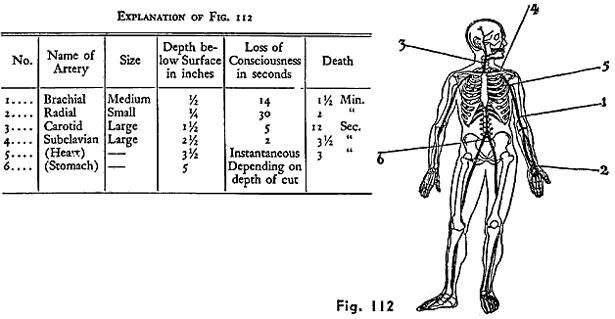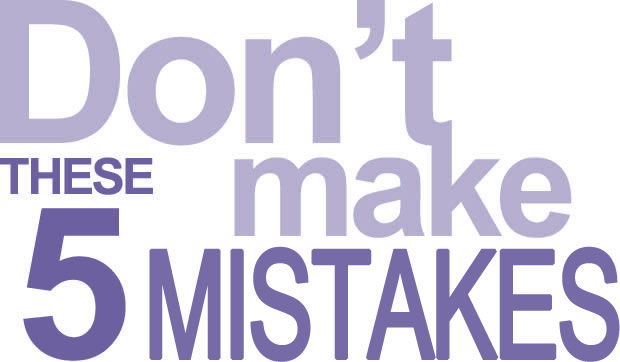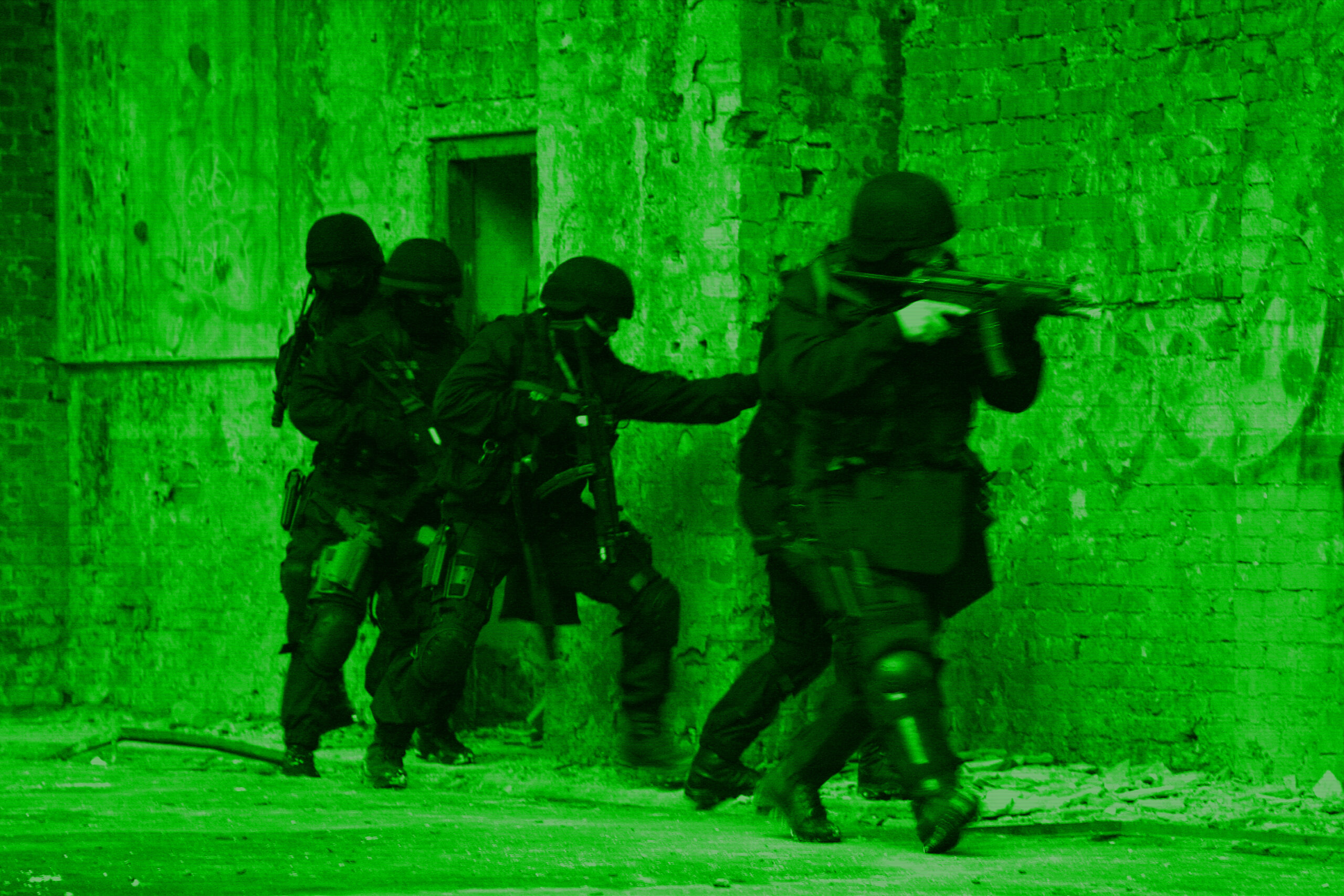
Universal Response Technique (U.R.T.)
Due to the implications of Hick’s Law, I developed a concept several years ago called Universal Response Technique, or U.R.T. for short.
This concept is about minimizing the decisions one has to make during a violent encounter. As we discussed previously, more decisions equals more reaction time.
Consider what often happens during an attack. The opponent makes a sudden threatening move and the defender has to decide which technique to use, which foot to step with, whether to use hands or feet, and a number of other decisions. And they have to do this operating behind the curve when the opponent simply has to take action (no reaction)!
Let me ask you this. How many techniques do you know to deal with a punch? Would you say you know 5? How about 10? More? How would you decide which to use when the time comes? Even if you have your favorite(s), it is still necessary to take some amount of time to decide unless you have pre-programmed your response.
Pre-programming is the act of deciding in advance and committing that to motor memory. This is the basis for Universal Response Technique.
Now, let’s say your opponent pushes toward you. How many defenses to a push do you know? How about if he chokes you? You get the idea.
So when attacked, you have to analyze the attack and then choose a proper defense — all while trying not to get killed! That is a lot to overcome in a real fight!
If one could eliminate many of the choices and move toward generalizing a response to fit all situations then your survival rate goes up.
How do you do this? By pre-programming the initial movements. What if you eliminate the decision of whether to step with the right foot or the left? That is one less choice. In other words, what if you always stepped with your left foot forward regardless of the attack? Whether you are grabbed, punched, choked, or whatever, you would always step into the same stance.
Now, what if you always raise your arms into the same defensive position? No decision as to what to do with them initially. That would eliminate perhaps another choice.
Ultimately, you will have to vary the response depending on the attack. That is for certain, but the idea is to help you survive the critical first few moments of the attack by making you as fast as you possibly can be.
Now if you take your initial response and work with various attacks from a training partner, you will be surprised how often you can use the same U.R.T. You just have to spend some time experimenting.
In my DVD, Players to the Game Volume 1, I introduce my favorite U.R.T. Yours may end up looking a little different, but that is not what is important. Having a standard response is more of what it is all about.
Time to hit the mat…
About The Author
You might be interested in
Comment (3)
LEAVE YOUR COMMENT
You must be logged in to post a comment.











This looks exactly like the technique we use to enter, then the fun starts.
A pet peeve of mine in shoot-em-up movies and tv shows is the standoff. The really, nasty bad guy has a gun pointed at the good guy or a loved one of the good guy; and the good guy has a gun pointed at the bad guy. “Drop your weapon!” “No, you drop yours!” Invariably, the good guy drops his weapon, because, you know…he is the good guy. I scream at the good guy, “just shoot him, dammit!!! The bullet faster than his reaction or anything he possibly can do.” Screenwriters!?!
And here we can have another law that can counter Hicks Law. I call it the Munden Law: He who ends it first, wins. Speed and quickness, and training that produces a spontaneous, subconscious reaction, every time with thinking, without hesitation.
Hicks Law is also in play with the aggressor, so one can use that law against them, too—turn it back on them. Natural speed and quickness (related, but different) is coded in the DNA, but they can be trained to a maximum level in everyone. Also, in the four dimensions of an aggressive situation, speed and quickness can cut through that time-variant situation, like taking photograph over a video.
oops, …without thinking…